Two CT Metro Regions Among Nation's Best for Young Workers
/Two of Connecticut’s metropolitan regions have among the highest median earnings for full-time workers age 18 to 34, according to U.S. Census Bureau data. The Bridgeport-Stamford-Norwalk area ranked #5, with Hartford-West Hartford-East Hartford ranked #6, just ahead of New York-Newark-Jersey City. Connecticut and California were the only states to have two regions among the top ten.
The media inco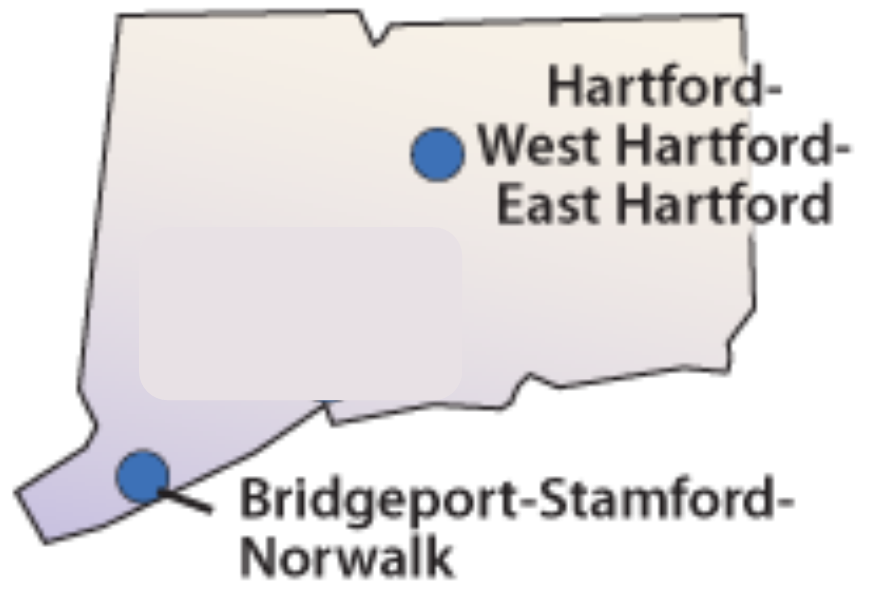 me in the Bridgeport-Stamford-Norwalk metropolitan area was $42,757, and the Hartford-West Hartford-East Hartford region was $42,322 for 18-34 year olds working full-time, according to the data, highlighted in an article posted to The Atlantic’s CityLab website.
me in the Bridgeport-Stamford-Norwalk metropolitan area was $42,757, and the Hartford-West Hartford-East Hartford region was $42,322 for 18-34 year olds working full-time, according to the data, highlighted in an article posted to The Atlantic’s CityLab website.
Those median salaries in Connecticut compare to a media of $33,883 for the same age category nationwide. The data indicates that 21.9 percent of the region’s population is age 18-34 in the Hartford metro area; 19.9 percent in the Stamford centered region.
Nationwide, the website points out “since the start of the Great Recession in 2007, the median wage for people between the ages of 25 and 34, adjusted for inflation, has fallen in every major industry except for health care.” The Atlantic reported earlier this month that “overall U.S. wages are barely growing, and wages for young people are growing 60 percent more slowly than overall U.S. wages.”
“When you dig into the numbers,” the website continues, “the Hartford, Connecticut, metro area emerges, beaconlike, in the darkness: It has become one of the most lucrative job markets for young Americans.”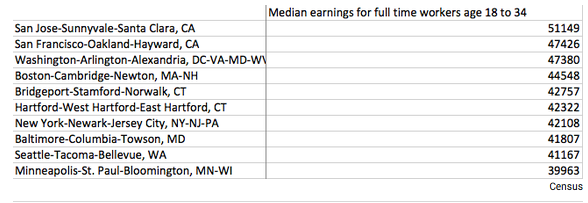
The report notes “a higher median income for young workers than in New York, Seattle, or Chicago. Millennial wages in many smaller metropolitan areas, including Austin, Minneapolis, and Denver, also lag behind Hartford's.” The Hartford-West Hartford-East Hartford region offers the combination of strong median income and a cost of living that isn’t rising at the rate of other metropolitan areas, which makes the region “looking remarkably attractive.”
“looking remarkably attractive.”
Also this month, the real estate website Zillow predicts “a big year for home buyers in 2015, with more millennials entering the market amid rising rents.” Zillow’s annual housing predictions identified the five best housing markets for first-time homebuyers in the year ahead, and ranked Hartford at #2, just behind Pittsburgh and ahead of Chicago, Las Vegas and Atlanta.
Lookin g ahead to 2015, Hartford was among the “markets most favorable to first-time buyers … with strong income growth among 23-34 year olds, significant growth in the number of entry-level homes on the market and home prices that won’t take a big chunk out of buyers’ paychecks.”
g ahead to 2015, Hartford was among the “markets most favorable to first-time buyers … with strong income growth among 23-34 year olds, significant growth in the number of entry-level homes on the market and home prices that won’t take a big chunk out of buyers’ paychecks.”


 the U.S. Championships, which will also be held in different cities. The men’s championships will be held in Hartford, June 3-5, 2016. The women will also be in town, competing in the Secret Classic – a major pre-Olympic event. The women will move on to their national championships three weeks later in St. Louis.
the U.S. Championships, which will also be held in different cities. The men’s championships will be held in Hartford, June 3-5, 2016. The women will also be in town, competing in the Secret Classic – a major pre-Olympic event. The women will move on to their national championships three weeks later in St. Louis.


 Recognized programs and organizations include the Rowley Spring Adult Education Diploma and Certificate Program, Billings Forge Community Works, Northwest Connecticut Manufacturer's Coalition, the Southeastern Connecticut Cultural Coalition, Fiddleheads Natural Food Co-op and the Putnam Business Association's First Fridays event.
Recognized programs and organizations include the Rowley Spring Adult Education Diploma and Certificate Program, Billings Forge Community Works, Northwest Connecticut Manufacturer's Coalition, the Southeastern Connecticut Cultural Coalition, Fiddleheads Natural Food Co-op and the Putnam Business Association's First Fridays event.

 “Many preliminary competition events would need to take place outside of the main Olympic Park areas so events may occur as far away as Connecticut. This also is an opportunity for more people to get involved with the Olympic Spirit,” Garcia adds.
“Many preliminary competition events would need to take place outside of the main Olympic Park areas so events may occur as far away as Connecticut. This also is an opportunity for more people to get involved with the Olympic Spirit,” Garcia adds.


 An Olympic games in Boston would utilize existing sports venues of both professional teams and area colleges, which could reduce potential costs. Infrastructure improvements, such as in transportation, are already on the drawing board, and could accelerate with a Boston bid.
An Olympic games in Boston would utilize existing sports venues of both professional teams and area colleges, which could reduce potential costs. Infrastructure improvements, such as in transportation, are already on the drawing board, and could accelerate with a Boston bid.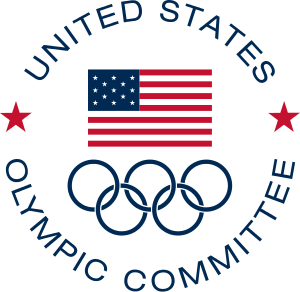
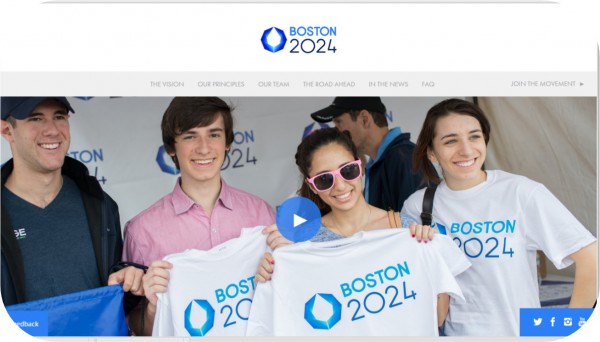

 ld University at #396. Outside the top 400 from Connecticut were Wesleyan University, Yale University, Quinnipiac University and Trinity College.
ld University at #396. Outside the top 400 from Connecticut were Wesleyan University, Yale University, Quinnipiac University and Trinity College. ity in New Jersey, Florida Agricultural and Mechanical University, Florida International University, and six institutions in California, including California State Polytechnic University, the University of California and Cal State.
ity in New Jersey, Florida Agricultural and Mechanical University, Florida International University, and six institutions in California, including California State Polytechnic University, the University of California and Cal State.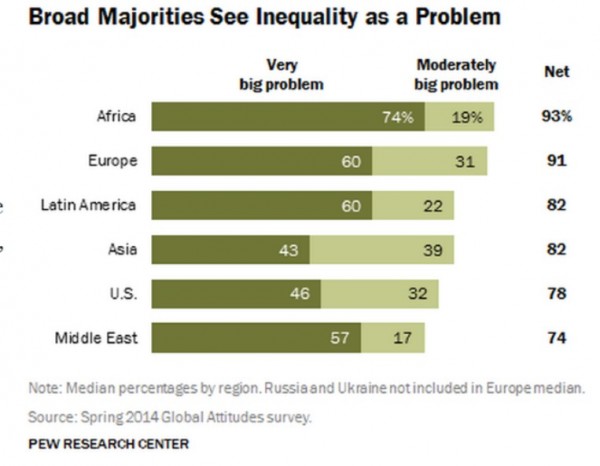


 t households unable to afford all of life’s basic necessities far exceeds the official federal poverty statistics. United Way calls this newly revealed demographic ALICE, an acronym for Asset Limited, Income Constrained, Employed.
t households unable to afford all of life’s basic necessities far exceeds the official federal poverty statistics. United Way calls this newly revealed demographic ALICE, an acronym for Asset Limited, Income Constrained, Employed. an double the official U.S. poverty level.
an double the official U.S. poverty level.
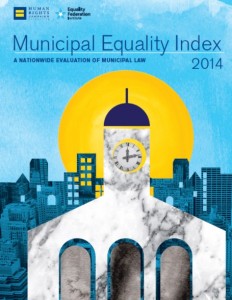
 with the Equality Federation, provide “a revealing snapshot of LGBT equality in municipalities of varying sizes, and from every state in the nation,” the report noted.
with the Equality Federation, provide “a revealing snapshot of LGBT equality in municipalities of varying sizes, and from every state in the nation,” the report noted.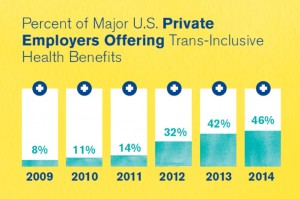 tive state laws.
tive state laws.
 This past Saturday, the Huskies football team played Army at Yankee Stadium – the
This past Saturday, the Huskies football team played Army at Yankee Stadium – the 




 aring workers for higher-level jobs is not quite as strong, the majority of respondents nonetheless believe Connecticut schools and colleges provide an adequate education for mid-level employees (59% of employers surveyed); management workers (61% of employers); and executive-level employees (58%).
aring workers for higher-level jobs is not quite as strong, the majority of respondents nonetheless believe Connecticut schools and colleges provide an adequate education for mid-level employees (59% of employers surveyed); management workers (61% of employers); and executive-level employees (58%).



























